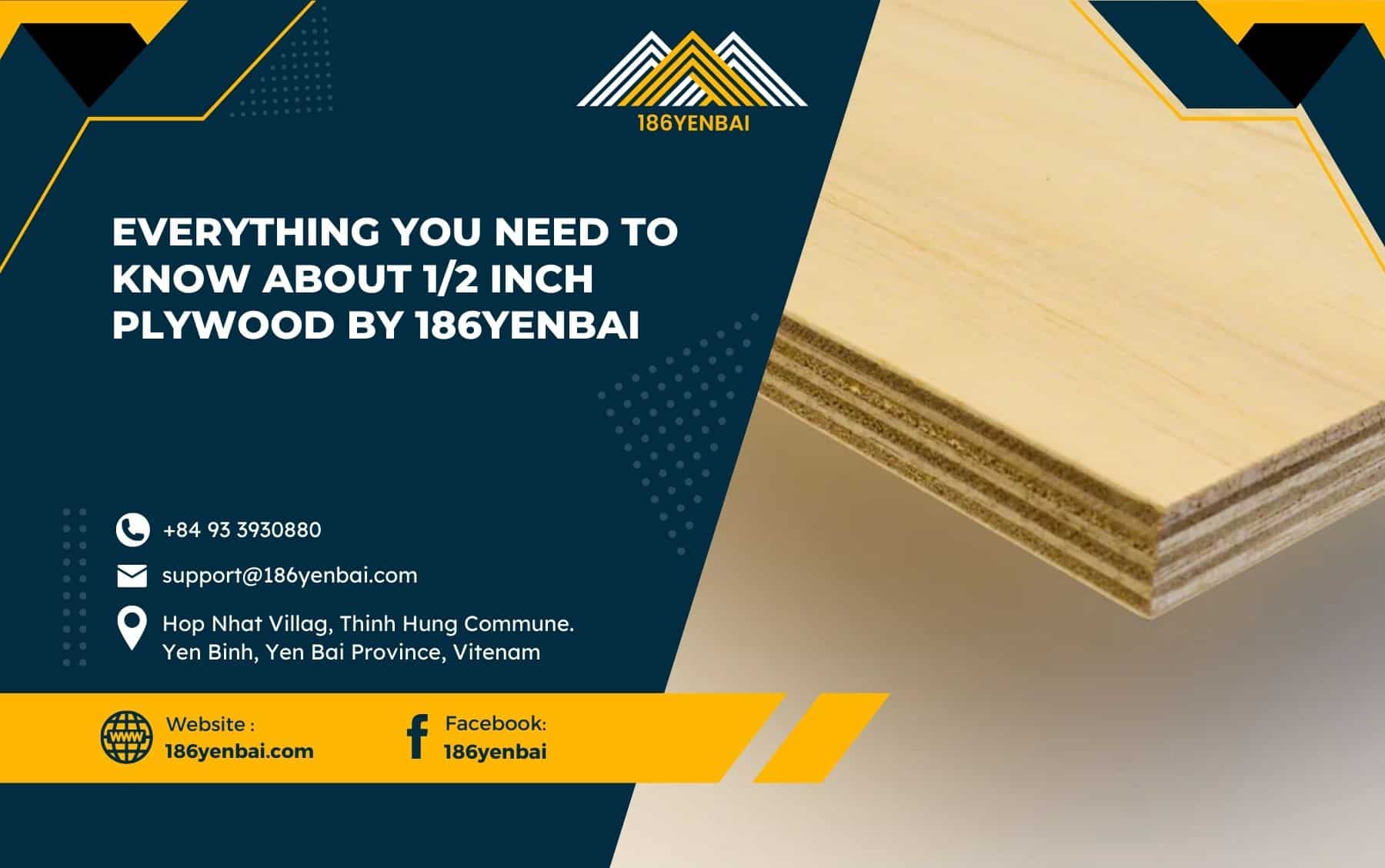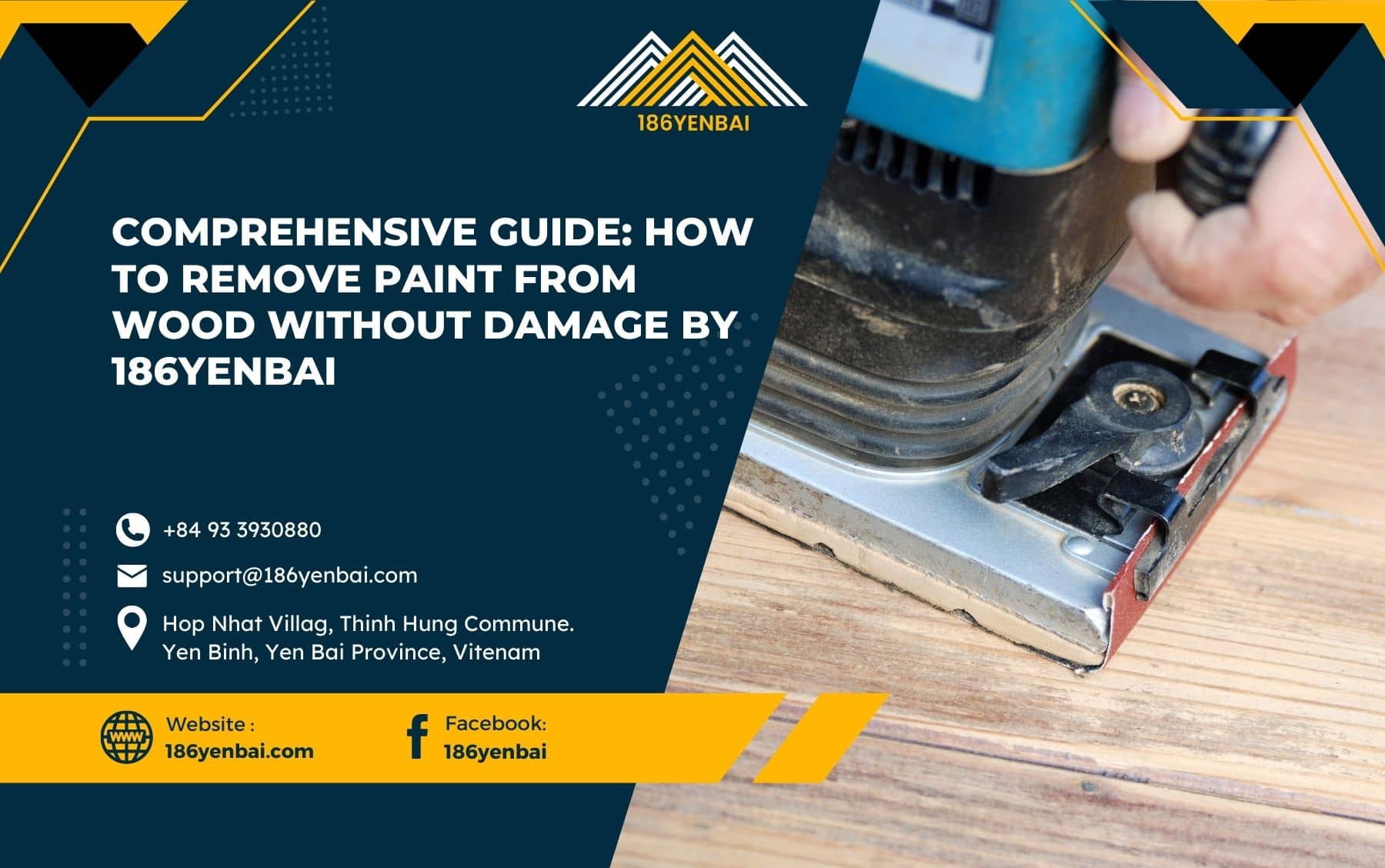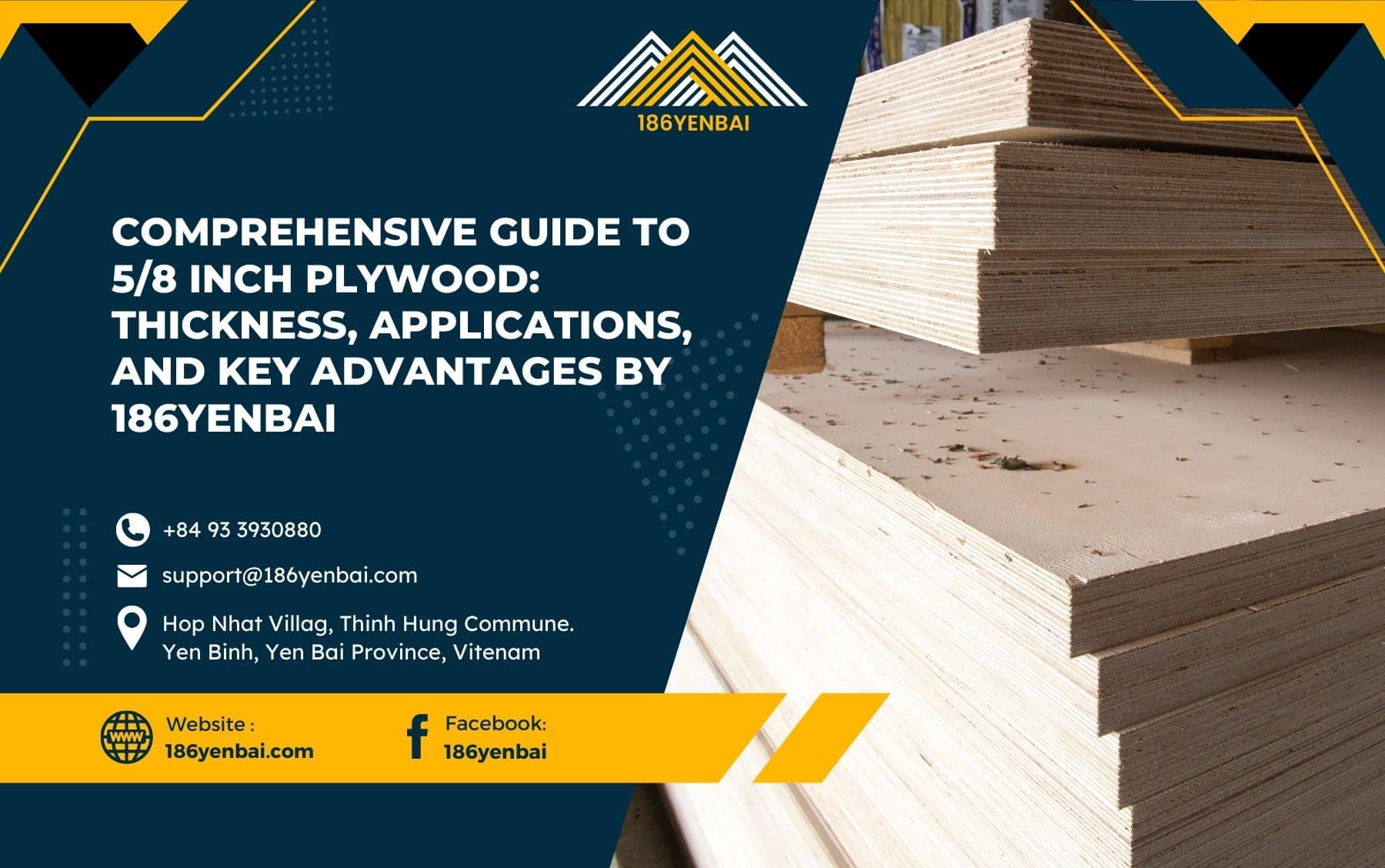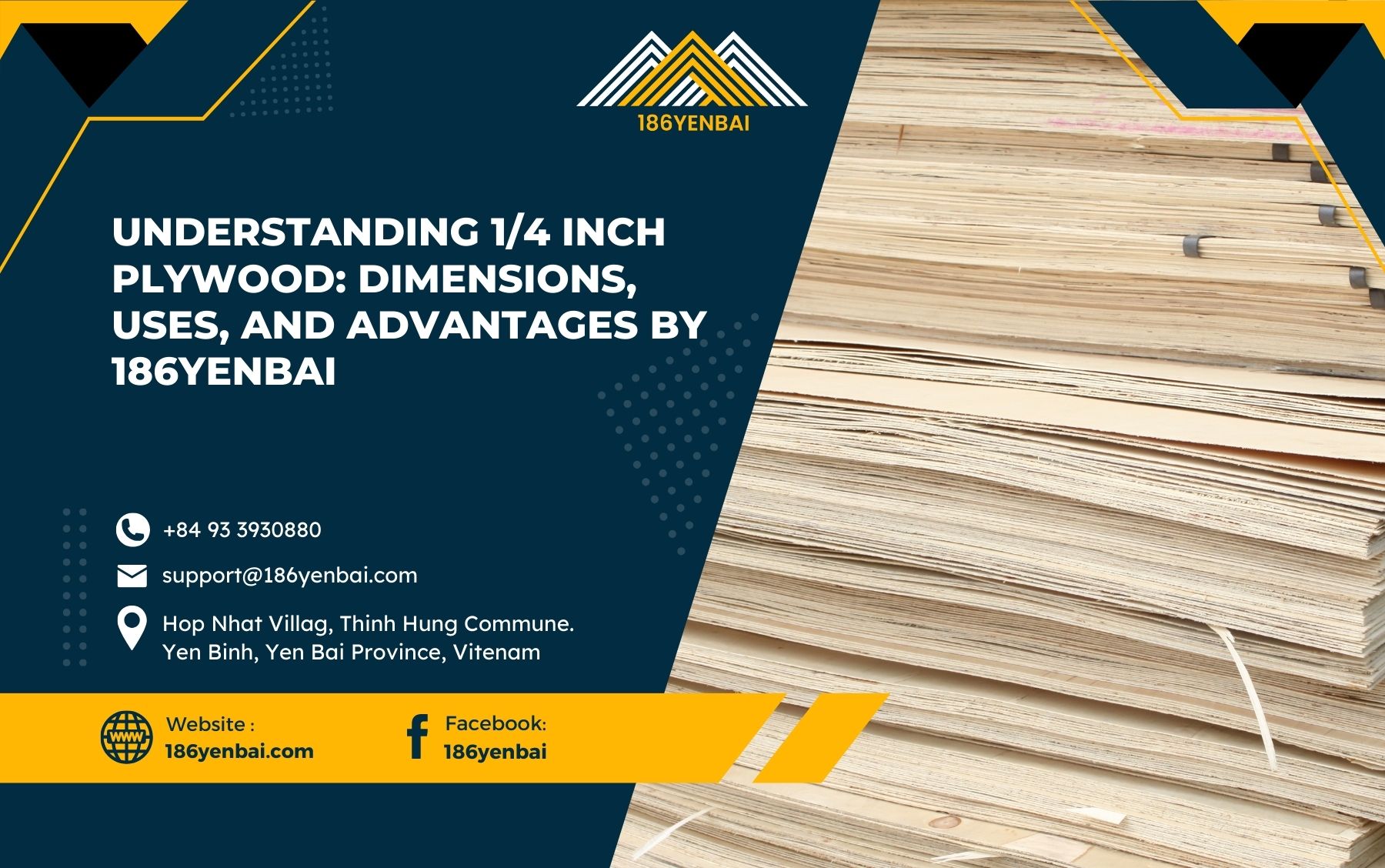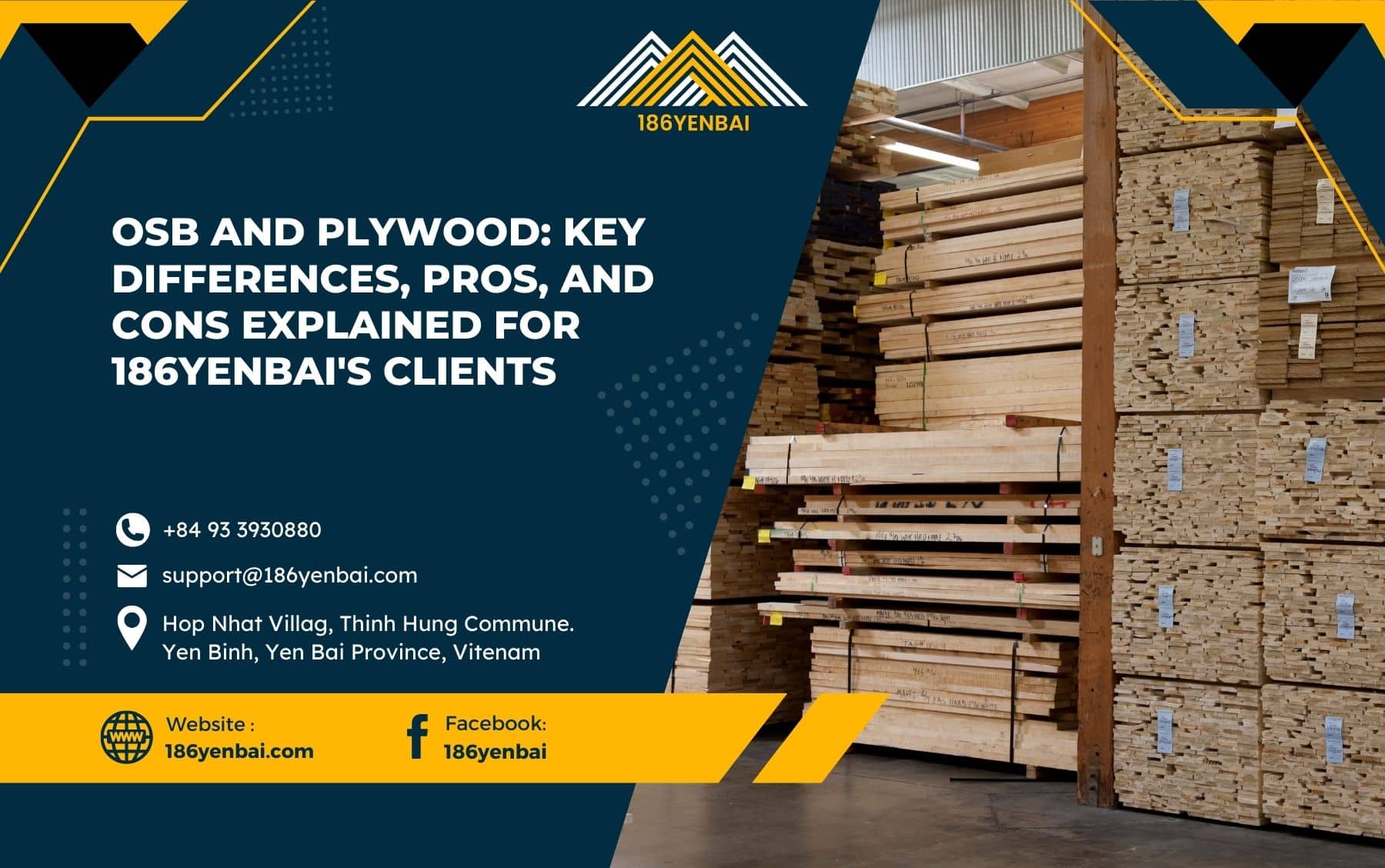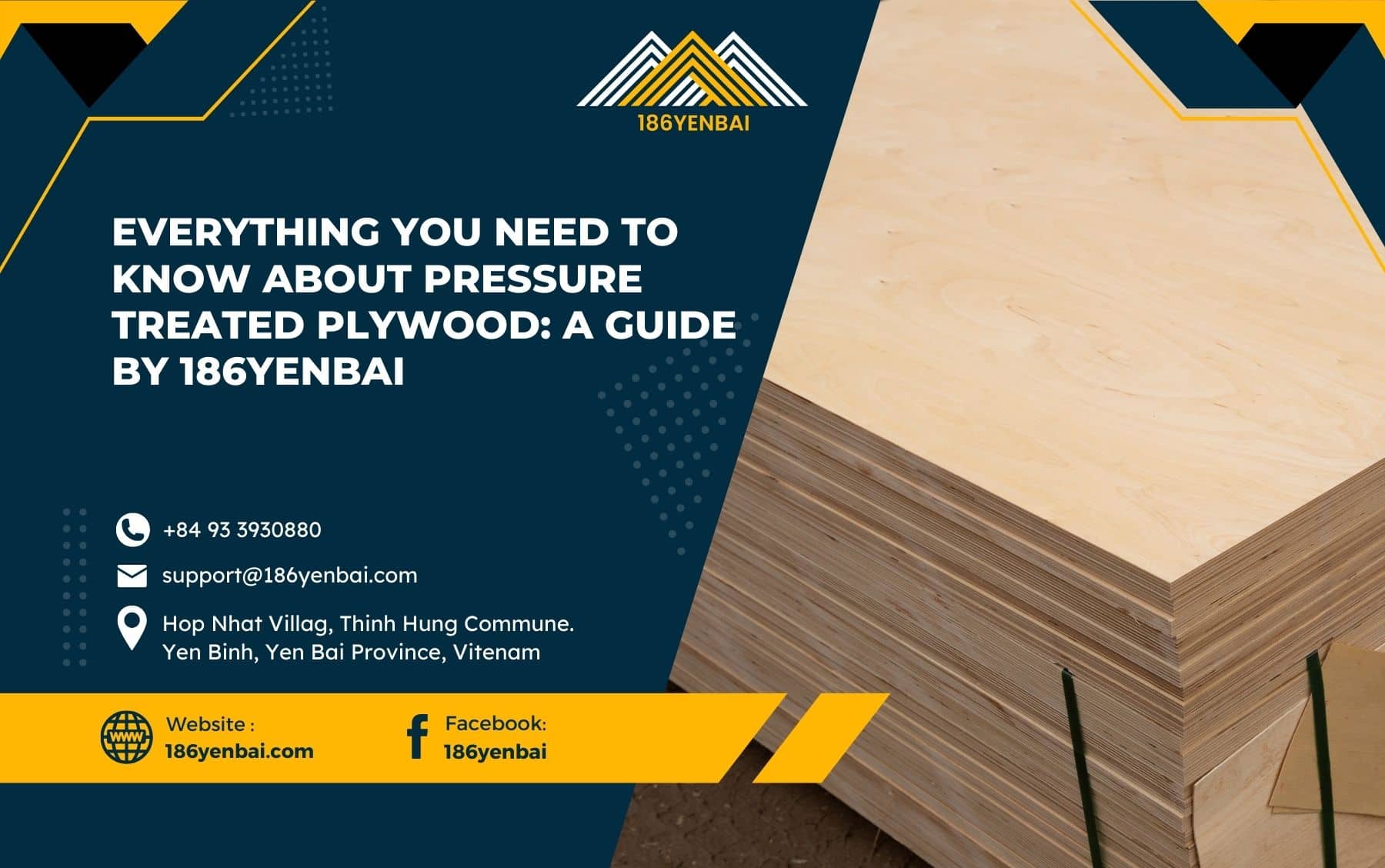Choosing the right material for construction or home improvement projects can be challenging, especially when dealing with outdoor applications. About Pressure treated plywood is an excellent option for these environments due to its enhanced durability and resistance to moisture, decay, and insects. But what exactly is pressure treated plywood, and how does it differ from other types? In this guide, we’ll cover everything you need to know about pressure treated plywood, its benefits, manufacturing process, types, and how to use it effectively in your projects.
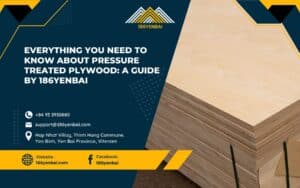
Table of Contents
ToggleWhat is Pressure Treated Plywood?
Pressure treated plywood is a type of plywood that undergoes a special treatment process to make it resistant to decay, insects, and moisture. During manufacturing, the wood is infused with preservative chemicals under high pressure, which enhances its durability and makes it suitable for exterior use. This process helps prevent rotting, warping, and termite damage, making it ideal for applications that are exposed to outdoor elements.
186Yenbai offers pressure treated plywood in popular sizes like 1/2” and 3/4” thickness, with standard 4’ x 8’ sheets. Our plywood is available in different grades, including BC and CDX. BC-grade plywood has one smooth side, while CDX-grade has visible knots on both sides, which works well for structural purposes where the appearance is less critical.
How is Pressure Treated Plywood Made?
The process of manufacturing pressure treated plywood involves several detailed steps, each essential for ensuring the plywood’s durability:
- Preparation: Sheets of plywood are stacked and placed in a pressurized chamber, known as a retort.
- Air Removal: A vacuum is applied to remove air and moisture from the wood cells. This step ensures that the preservative solution will penetrate deeply.
- Chemical Treatment: The retort is filled with a chemical preservative solution, and pressure is applied to force the solution into the wood fibers. This high pressure ensures that the preservatives penetrate the wood thoroughly.
- Drying: After treatment, the plywood is left to dry. This drying period is essential for strengthening the wood and making it ready for use.
- Safety Regulations: Pressure treated plywood used to contain chemicals like Chromated Copper Arsenate (CCA), which raised health concerns. Modern treatments use safer preservatives that meet safety standards and are free from harmful chemicals like arsenic and chromium, making them suitable for residential applications.
Applications of Pressure Treated Plywood
Pressure treated plywood is versatile and suitable for various applications, particularly in environments with high moisture or risk of decay. Here are some common uses:
1. Outdoor Structures
- Decks and fences are common applications, as the wood’s resistance to moisture and decay ensures longevity.
- Docks and piers: Pressure treated plywood can withstand moisture, making it ideal for structures exposed to water.
2. Construction Projects
- Structural framing: Used in building bridges, guardrails, and other infrastructure exposed to outdoor conditions.
- Ground Contact: For projects where the plywood will be in contact with the ground, such as foundation framing, pressure treated plywood with higher retention levels is used.
3. Industrial and Commercial Uses
- Pressure treated plywood is often used in industrial projects requiring materials with enhanced resistance to environmental factors, such as warehouse storage solutions or pallet construction.
Types of Pressure Treated Plywood
Understanding the different types of pressure treated plywood can help you choose the best option for your project. Here are three common types:
- Borate-Treated Plywood
- Composition: Uses borate, a natural mineral, mixed with water for the treatment process.
- Benefits: Effective in preventing insect damage and mold growth, while preserving the wood’s natural color.
- Limitations: Borate treatments are less durable in high-moisture environments as the treatment can leach out over time.
- Best Use: Ideal for dry, indoor applications where insects are a concern.
- Alkaline Copper Quaternary (ACQ) Treated Plywood
- Composition: Treated with copper and quaternary ammonium compounds.
- Benefits: Highly resistant to decay, mold, and insect infestation, without harmful chemicals like arsenic or chromium.
- Color Change: The wood darkens to a brownish hue due to the copper.
- Best Use: Environmentally friendly and ideal for outdoor projects.
- Fire-Retardant Treated Plywood
- Composition: Treated with fire-retardant chemicals that reduce flammability.
- Limitations: Fire-retardant plywood is not suitable for painting as it may impact the chemical’s effectiveness.
- Best Use: Used in construction applications where fire resistance is essential, such as building framing or commercial structures.
FAQs About Pressure Treated Plywood
How Long Will Pressure Treated Plywood Last Outdoors?
When installed and maintained correctly, pressure treated plywood can last 20-30 years outdoors. However, factors like climate, level of moisture exposure, and maintenance routines can impact its lifespan.
Can Pressure Treated Plywood Get Rained On?
Yes, pressure treated plywood is designed to resist rain and moisture, making it ideal for outdoor applications. However, prolonged exposure to standing water or constant high moisture can still lead to gradual degradation. For optimal performance, it’s recommended to provide proper drainage and reapply waterproofing sealants periodically.
How Does Pressure Treated Plywood Compare to Marine Plywood?
Both pressure treated and marine-grade plywood are durable and resistant to moisture, but marine plywood is built for prolonged water exposure, such as in boat-building. While pressure treated plywood is suitable for general outdoor use, marine plywood is preferred for projects that involve continuous water contact.
Maintenance Tips for Pressure Treated Plywood
To maximize the lifespan and appearance of pressure treated plywood, follow these maintenance tips:
- Regular Inspections: Check for signs of damage or decay, especially around edges and joints.
- Apply a Sealant: Applying a waterproof sealant can enhance water resistance and prevent moisture from penetrating the wood.
- Provide Proper Drainage: For plywood used in decking or flooring, ensure there is adequate drainage to prevent water pooling.
- Avoid Prolonged Exposure to Direct Sunlight: UV rays can gradually wear down the wood’s surface. Using UV-resistant sealants or keeping plywood in shaded areas can help.
Why Choose 186Yenbai’s Pressure Treated Plywood?
186Yenbai takes pride in providing high-quality, durable plywood options, designed for various applications. Our pressure treated plywood is manufactured to withstand challenging environments and meets industry standards for durability and safety. Here’s why you should consider our products:
- Wide Range of Options: We offer pressure treated plywood in different thicknesses and grades to meet the specific needs of our clients.
- Commitment to Quality: 186Yenbai ensures our plywood products are treated with safe, modern preservatives, free from harmful chemicals like CCA.
- Expertise and Support: Our team is ready to assist you in selecting the right type of pressure treated plywood for your project, ensuring you have a material that will last.
Conclusion
Pressure treated plywood is an ideal choice for outdoor and high-moisture applications due to its resistance to decay, insects, and water damage. With proper maintenance and the right type of treatment, pressure treated plywood can provide long-lasting durability and performance. Whether you’re working on a residential deck, constructing a dock, or building an outdoor structure, pressure treated plywood from 186Yenbai is a reliable and cost-effective solution.
If you’re ready to make your next project durable and moisture-resistant, explore 186Yenbai’s range of pressure treated plywood. Our team is here to help you select the perfect plywood to meet your needs, ensuring that your project is built to last.
For more information or inquiries about our high-quality plywood products, contact us at 186yenbai today to discuss how we can support your next construction or renovation project. Plywood Supplier
Phone: +84 93 3930880
Email: [email protected]
Facebook: https://www.facebook.com
Address: Hop Nhat Village, Thinh Hung Commune, Yen Binh, Yen Bai Province, Vietnam
Check out our other articles below:
Why High-Quality Plywood is the Ultimate Choice for Global Markets
High-Quality Plywood vs. Low-Quality Plywood: What’s the Difference?
5 Reasons Why High-Quality Plywood is the Best Choice for Home Renovations
